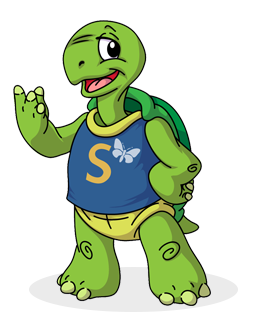Phonics
This week I thought it might be nice for a bit of a change.
Start of by recapping the phase 3 and phase 5 sounds by playing sound mat BINGO! Next look at the images in the link below – you do not need to print this.
The pictures are in columns , at the top of each one you can see the grapheme that makes the ‘ai’ sound. These activities focus on applying the correct spelling of the ‘ai’ sound in words. Look at the pictures together, what do you think that the words might be – remember we are focusing on different ways of making the ‘ai’ sound. Now have a go at writing the words applying the correct spellings.
Reading
It is still important to read at home. 10 – 15 minutes each day will continue to make a big difference to your child’s reading. If you would like to swap your books please email Mrs Woods who will arrange this for you.
Her email address is cwood@southill.dorset.sch.uk
English / Topic
Another way that we can group animals is by the type of food that they eat. Today we are looking at the differences between carnivores, herbivores and omnivores. Watch the video below, can you add another page to your fact file explaining what each of these key words mean. For example..
http://www.bbc.co.uk/bitesize/topics/z6882hv/articles/z96vb9q
Carnivores only eat meat. Lions, birds of prey and snakes are carnivores.
You might like to do some extra research to find out some more facts about these key words!
Maths No Problem – telling the time
In Focus – page 84. Begin by To begin asking you child to tell you as much as they know about clocks. Prompt them with ideas about minute/hour hands, hours, seconds, minutes, morning, afternoon, evening, o’clock and so on. Once they have explained everything they know about a clock, show the In Focus task and ask them, ‘What time does the clock show?’ Talk about the minute hand and the hour hand. When the minute hand is at the 12 it is ‘o’clock’.
Lets learn– Next there is an activity where you tell the partner the ‘o’clock’ time to make. At school we would use the mini clocks, I appreciate this may not be possible at home. If you have a clock and are able to practise that is great!!
Guided practice – Now work through the pictures on the following few pages. You will see it is asking you for the ‘o’clock’ time that is shown and begins to introduce other time vocabulary such as morning, evening etc.
Only move onto the workbook if your child is confident with the concept – if not continue with the activity and guided practise. We all learn at different rates so please do not worry.
Workbook – complete work book pages 101 – 104.



